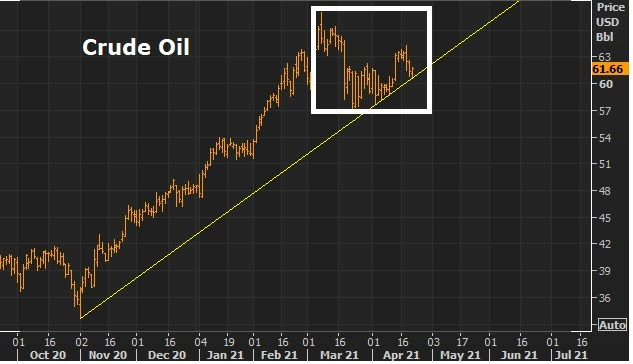May 10, 2021
As we’ve discussed here in my daily Pro Perspectives notes, asset inflation is only a precursor for the inflation we will soon see in our day-to-day spending.
When you flood the world with money with no end in sight, the buying power of the money in your pocket gets destroyed. It’s that simple.
With the above in mind, the front page of the Wall Street Journal this morning reads “Shoppers Feel Bite As Prices Begin To Climb.”
This comes following earnings calls from major food companies the past few weeks, all singing the same tune about rising prices.
And the operating performance discussed in these calls by food companies is not including the huge spike in prices we’ve seen just in the past 40 days (since the quarter close) …
Corn futures: up 41%
Wheat futures: up 20%
Beans: up 12%
Here’s the way the CEO of Sysco (the world’s largest food distributor) describes what he’s seeing …
“Certainly, the economy is becoming more inflationary. Basic economics are at play here. We have significantly increasing demand, unfortunately, simultaneous with some supply challenges that are pretty well-known out there in the food industry.”
What’s the impact? They are passing prices along to the customers. Customers are paying a higher ticket. And in this environment, they are not getting pushback, yet.
With all of this, there is inflation data on the agenda this week. The U.S. CPI is reported Wednesday. PPI is on Thursday.
This inflation data should quickly counter the narrative that has been created out of Friday’s weak jobs report … the narrative that somehow the Fed is in a more comfortable position now, continuing with their pedal to the metal on emergency monetary policies.
As we discussed Friday, the weak jobs report is a clear outlier in the economic data, because it’s not depicting waning economic activity, rather it’s clearly demonstrating the destructive role that the government is playing in the labor market. The government is winning the competition (against employers) for labor, by paying them more to stay home, than they would make working.









